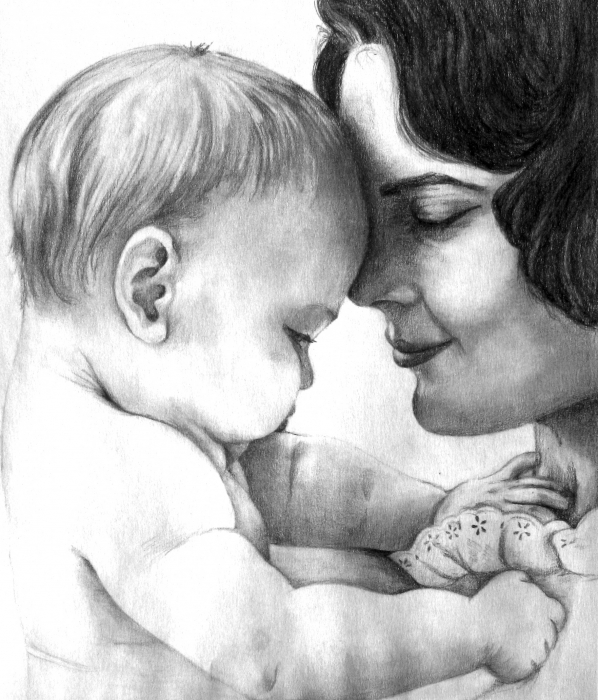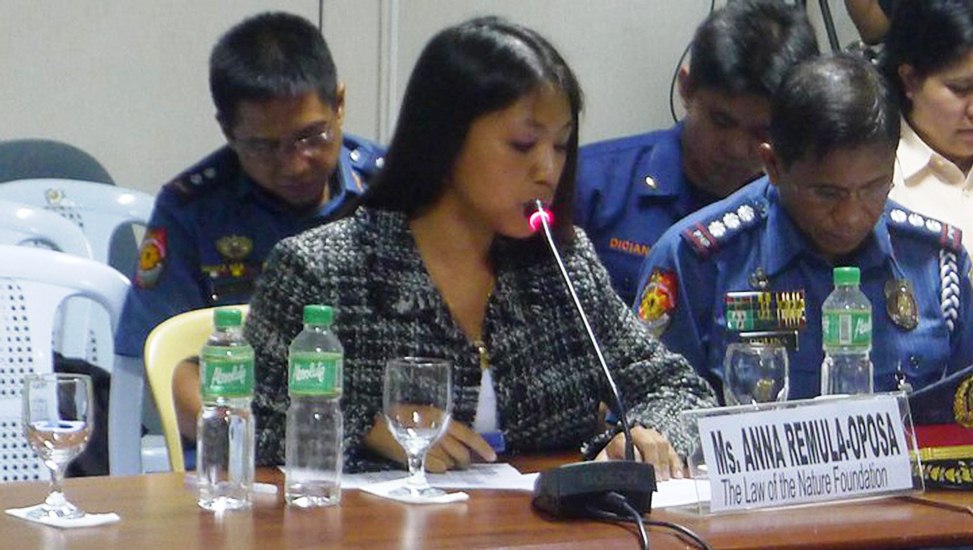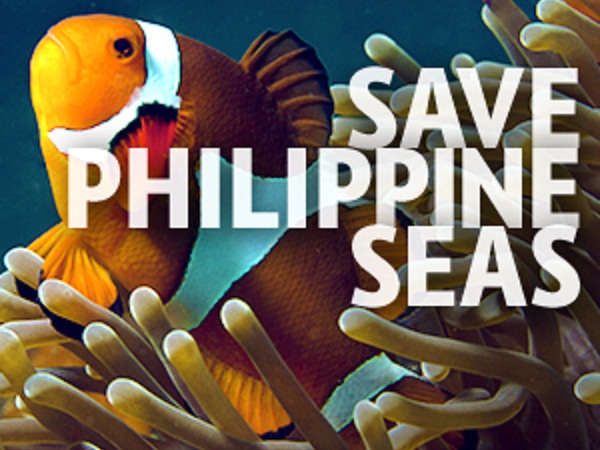
 |
| credits to http://www.pencilsketchportraits.co.uk/ |
BUSTED!
The size of one’s breasts does not indicate amount of breast milk produced!
Instead of considering breast size, the amount of milk-producing breast tissues
of women matters more in its influence to the volume of human milk. The more
breast tissues there are, the greater the amount of human milk that is
produced.
2. “I can’t breastfeed again because I stopped.”
BUSTED! It is still possible for mothers to
breastfeed again once they have stopped, though this might take more effort. The
frequency of breastfeeding is directly proportional to the amount of milk
produced.
3. “I haven’t washed! I cannot
breastfeed anymore!”
BUSTED! The breastmilk, particularly the
colostrum, contains natural substances which gives protection to newborns from
infection. The colostrum refers to the “first, thick yellowish fluid that comes
out from the second to the fifth day after delivery”. Its antibodies provide
immunity to infants, and its being a mild laxative also makes it capable of
cleaning out the babies’ digestive organs.
4. Breastfeeding is painful.
 |
| credits to http://www.pencilsketchportraits.co.uk/ |
BUSTED! Breastfeeding may be painful
especially for some women, but this can just be caused by incorrect positioning
of the baby as he or she suckles. There is a concept of “Proper Latching”
wherein the baby needs to put the entire nipple and the large part of the
areola onto his or her mouth for
a less painful and better milk transfer. This proper latching would also
trigger the oxytocin hormone more, which is responsible for the stimulation and
ejection of milk. Thus, it makes the milk flow better.
5. “I should breastfeed
alternately because my breasts contain different properties!”
Busted! The idea that one breast would
contain food such as rice or bread, while the other breasts would contain
water, is false. The breastmilk has the same properties and nutrients, whether
they come from the left or the right breast.
6. “A mother should not breastfeed when she is exposed
to the sun! The milk will turn too hot, salty, or sour, and may cause illness
to the baby!”
BUSTED! The breastmilk has a stable
temperature inside the mothers’ breasts. Moreover, it does not change in terms
of composition upon exposure to the sun.
 |
| credits to http://fineartamerica.com/ |
REFERENCES:
Byrd-Bredbenner, C. M. (2012). Wardlaw's
Perspectives in Nutrition. US: McGraw Hill Higher Education.
de Guzman, M. P. (1996). Basic Nutrition for
Filipinos (4th ed.). Manila, Philippines: Merriam & Webster Bookstore,
Inc.
International Breastfeeding Centre (2006). Myths of Breastfeeding. Retrieved
2014:
http://www.nbci.ca/index.php?option=com_content&id=27:myths-of-breastfeeding&Itemid=17































